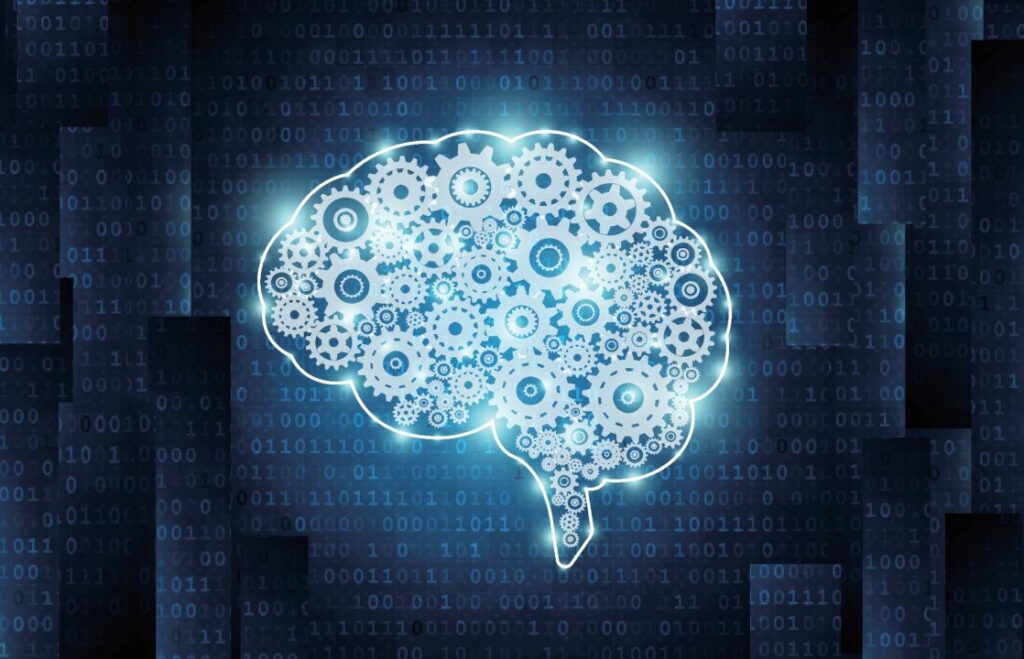
“Intelligence” is a term used rather loosely for variety of characteristics inspired from working of human brain such as:
- Capability to analyse, discriminate, classify and suitably arrange and store information / data coming through sensory Inputs.
- If it is only data it is the “virtual world” affair; when it becomes data riding on material / object it becomes the “physical system”
- Having acquired and stored sensory inputs the next level is to establish correlations and synthesis of hybrid / inter-sensory “images”
- Capability to do finer analysis
- Capability of time sequencing and making arrays / information map as per certain rules or criteria …. these structures could also become the “program” which could be played back and executed across the virtual world and physical world through Inputs / Outputs in real time.
- Capability of churning/mining, restructuring, reshuffling and reorganizing with re-correlations; which could be spontaneous OR triggered by certain inputs.
- Capability of learning and evolving “programs” based on feedback, through slower statistical refinement over longer term than real time.
- So,
Knowledge … volumetric measure of data stored which could be readily / possibly retrieved through the structures
Logic … is process of checking I/O combinations or transforming the inputs through sequential program leading to output. Mostly machine intelligence largely means only this.
Thinking … is the process of navigating through the higher level correlated / sequenced data structures, triggered with or without inputs and with / without output to the physical world
Convergent thinking … Focusing on rules / programs stored to validate new inputs and process them through the programs
Divergent thinking … Searching widely across stored data for finding possible correlations
Imagination / Creativity … Establishing new correlations and making new structures
Dreaming … is random / wild navigation through data structures through simulation of inputs and outputs while the physical world inputs / outputs remaining disconnected from the physical world. Something like what engineers do for testing of PLC logic safely with forced I/O fed to the logic.
Learning … Motivation driven refinement of data structure itself largely through optimization of sensitivity / response and transfer function linking the specific inputs to specific outputs.
How does one rate the “intelligence” level?
1. Number, type, resolution and range of sensors which get the inputs to the system
2. Post processing, mapping and data analytics over acquired sensory data
3. Layers of correlations
4. Speed and depth of retrieval and report generation
5. Learning curve
6. The system is also more “effective” if the outputs specs are better in terms of number of control loops ( muscles / servo-controls ) their operating parameters
Intelligence is by no means restricted to human brain functions only … it is there in protein structures, DNAs, cell structure and cell functioning, tissues / organs, foetal growth blue print and dynamics up to physiological and immune level.
AVINASH KHARE